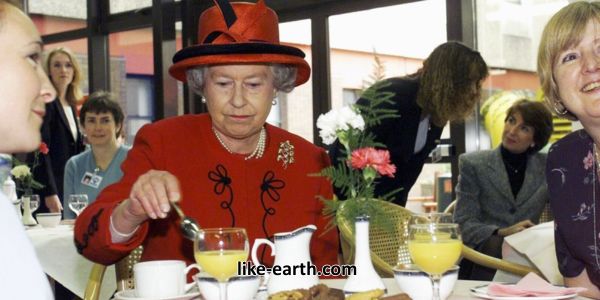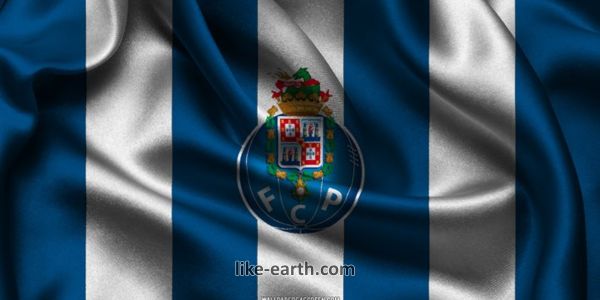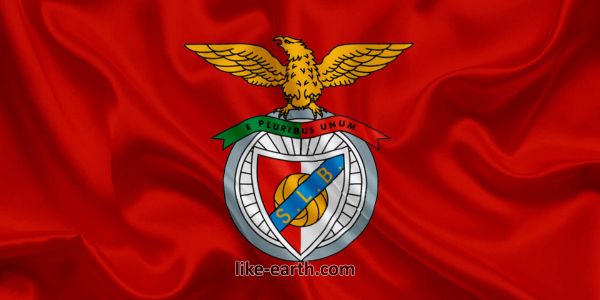Royal Family Dining Traditions Through the Ages

Royal family dining traditions reflect deep-rooted rituals and etiquette standards. From banquet table protocol to mealtime preferences, the British royal family has developed unique dining customs over centuries. These traditions illustrate their commitment to formality and culture.
The Power of Seven Royal Dining Words
“Royal family dining traditions include etiquette, ceremony, and protocol.” This seven-word phrase captures the essence of how monarchs approach mealtime. Food serves not only for nourishment but also as an opportunity to reinforce hierarchy, respect, and royal image.
Formal Meals in the Royal Palaces
The royal family’s mealtimes are formal, structured, and deliberate. In Buckingham Palace, meals are held in state dining rooms with staff trained to the highest standards. The table is measured precisely with exact spacing between plates and cutlery. Even chairs are placed uniformly before every event.
Dining With the Queen: A Lesson in Etiquette
When Queen Elizabeth II reigned, her dining habits were followed with precision. Once Her Majesty finished eating, everyone else had to stop. Even at informal lunches, guests paid close attention to cues from her plate. The Queen also preferred seasonal produce and meals tailored to her preferences.
Breakfast with a Side of Tradition
Royal breakfasts are often simple yet symbolic. King Charles III reportedly prefers a boiled egg, while the late Queen began her day with Earl Grey tea and digestive biscuits. Despite their access to lavish options, the royals often eat modestly for morning meals.
Afternoon Tea: A Sacred Royal Ritual
Afternoon tea has long been a hallmark of British aristocracy. For the royals, this ritual includes finely cut sandwiches, scones with clotted cream and jam, and a selection of cakes. Tea is served in china, and proper etiquette dictates how it’s poured and stirred—no clinking allowed.
Christmas Feasts at Sandringham
Every Christmas, the royal family gathers at Sandringham Estate. The holiday meal follows a strict schedule. Guests arrive on Christmas Eve and enjoy a candlelit dinner. On Christmas Day, breakfast precedes a church visit, followed by a traditional lunch of turkey, stuffing, and Christmas pudding.
The Role of Menus and Culinary Planning
Menus are planned days, if not weeks, in advance by palace chefs. Before any dish is served, it must be approved by the monarch or their senior aides. Ingredients are sourced locally and sustainably whenever possible, reflecting the family’s support for British agriculture.
Dining Attire: Dress to Impress
Attire for royal meals depends on the occasion. Formal state banquets require tiaras, gowns, and orders. Family dinners might be less grand, but a dress code still applies. Ties and jackets are expected for men, while women wear dresses or smart suits.
Children’s Dining: Learning Royal Manners Young
Royal children are taught table manners from an early age. Prince George, Princess Charlotte, and Prince Louis are gradually introduced to formal dinners. They learn how to use cutlery correctly, make polite conversation, and wait for elders before starting a meal.
Royal Banquets and Diplomatic Dinners
State banquets are grand affairs hosted for visiting heads of state. The table is adorned with silverware, gold service plates, and the finest crystal glasses. Seating is meticulously arranged, and every detail—from flower arrangements to wine pairing—is carefully curated to reflect tradition and diplomacy.
No Garlic, No Shellfish: Royal Food Restrictions
Certain foods are discouraged in royal kitchens. Garlic is banned from official meals due to its strong smell. Shellfish is avoided to reduce the risk of food poisoning. These precautions ensure that engagements and public appearances remain uninterrupted by unexpected health issues.
King Charles III’s Modern Adjustments
Since ascending the throne, King Charles III has introduced subtle changes. He promotes organic and vegetarian options, aligning meals with his environmental values. While tradition remains, modern values are gradually integrated into royal dining culture.
Behind the Scenes: Royal Kitchen Staff
Dozens of chefs, footmen, and servers ensure seamless royal dining. They undergo intense training and must master formality, discretion, and efficiency. At a moment’s notice, they must adjust to last-minute menu changes or accommodate guests’ needs.
Symbolism in Royal Meal Settings
Every element of the royal table has meaning. The order of cutlery reflects the sequence of courses. Crystal glassware signifies refinement, while china patterns often bear the royal crest. Even the flowers chosen represent messages of hospitality, loyalty, or peace.
Daily Meals vs Public Ceremonial Dinners
Private family dinners are much simpler than ceremonial banquets. Royals may enjoy roast chicken or shepherd’s pie when not on duty. However, during state events, presentation, tradition, and symbolism take center stage. This duality reflects the balance of public duty and private life.
Royal Picnics and Outdoor Dining
Not all royal meals are formal. The family enjoys picnics at Balmoral Castle during summer retreats. Food is prepared by staff but served outdoors. Even in these relaxed settings, certain customs are followed—like starting only after the monarch lifts their fork.
Legacy of Royal Dining Etiquette
Royal mealtime customs are more than rituals; they’re reflections of history. These traditions have survived monarchs, wars, and cultural shifts. They symbolize dignity, discipline, and respect. As the monarchy evolves, so too do the meals—but their meaning remains sacred.
Conclusion
Royal family dining traditions remain a fascinating window into monarchy life. From formal banquets to private breakfasts, every meal reflects a blend of discipline, decorum, and heritage. These traditions help maintain the mystique and continuity of royal identity. For more stories on royal customs, visit Like Earth.
Join our Royal Lifestyle WhatsApp Channel to stay updated on British monarchy culture and etiquette.



